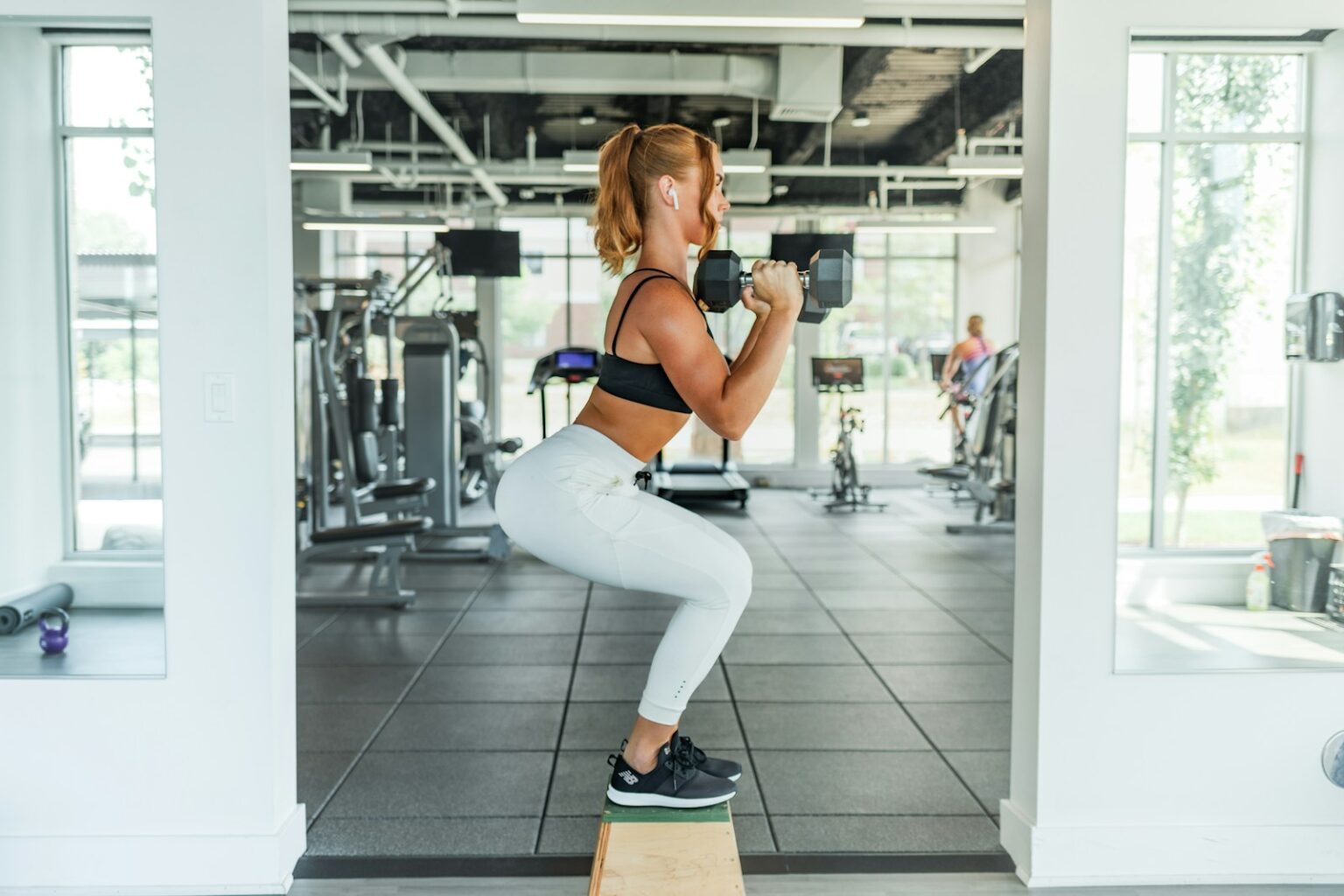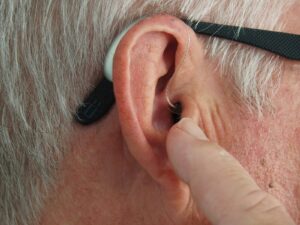Are you looking to improve your fitness routine and build lower body strength? Look no further than the squat, a fundamental exercise that targets multiple muscle groups and offers numerous benefits. In this blog post, we’ll break down the key elements of performing a proper squat, as demonstrated in the informative video by Physio IT.
Why Squats Matter
Squats are a cornerstone exercise in any fitness regimen. They work your quadriceps, hamstrings, glutes, and core muscles, while also improving balance and flexibility. When done correctly, squats can help:
- Increase overall lower body strength
- Enhance athletic performance
- Improve posture and balance
- Boost metabolism and fat burning
- Reduce the risk of injury in daily activities
Key Steps to a Perfect Squat
- Stance:
- Start with your feet shoulder-width apart
- Point your toes slightly outward for stability
- Initiation:
- Begin by pushing your hips back, as if you’re sitting into a chair
- Keep your chest up and your core engaged
- Descent:
- Lower your body by bending at the knees and hips
- Aim to get your thighs parallel to the ground (or as low as you comfortably can)
- Keep your knees in line with your toes, not extending past them
- The Bottom Position:
- Maintain a neutral spine throughout the movement
- Ensure your weight is distributed evenly across your feet
- Ascent:
- Push through your heels to stand back up
- Squeeze your glutes at the top of the movement
- Breathing:
- Inhale as you lower down
- Exhale as you push back up to the starting position
Common Mistakes to Avoid
- Rounding your back
- Letting your knees cave inward
- Rising onto your toes
- Not going deep enough
- Looking down instead of straight ahead
Tips for Progression
- Start with bodyweight squats to perfect your form
- Use a mirror or record yourself to check your technique
- Gradually add weight as you become more comfortable with the movement
- Incorporate variations like goblet squats or front squats to challenge yourself
Remember, proper form is crucial for preventing injury and maximizing the benefits of this powerful exercise. If you’re new to squatting or have any concerns, it’s always best to consult with a fitness professional or physiotherapist.
For more detailed guidance and personalized advice, don’t hesitate to reach out to the experts at Physio IT. You can contact us here.
Disclaimer: Before starting any new exercise routine, please consult with a healthcare professional to ensure it’s appropriate for your individual needs and fitness level.
By mastering the proper squat technique, you’ll be well on your way to building a stronger, healthier body. Happy squatting!






